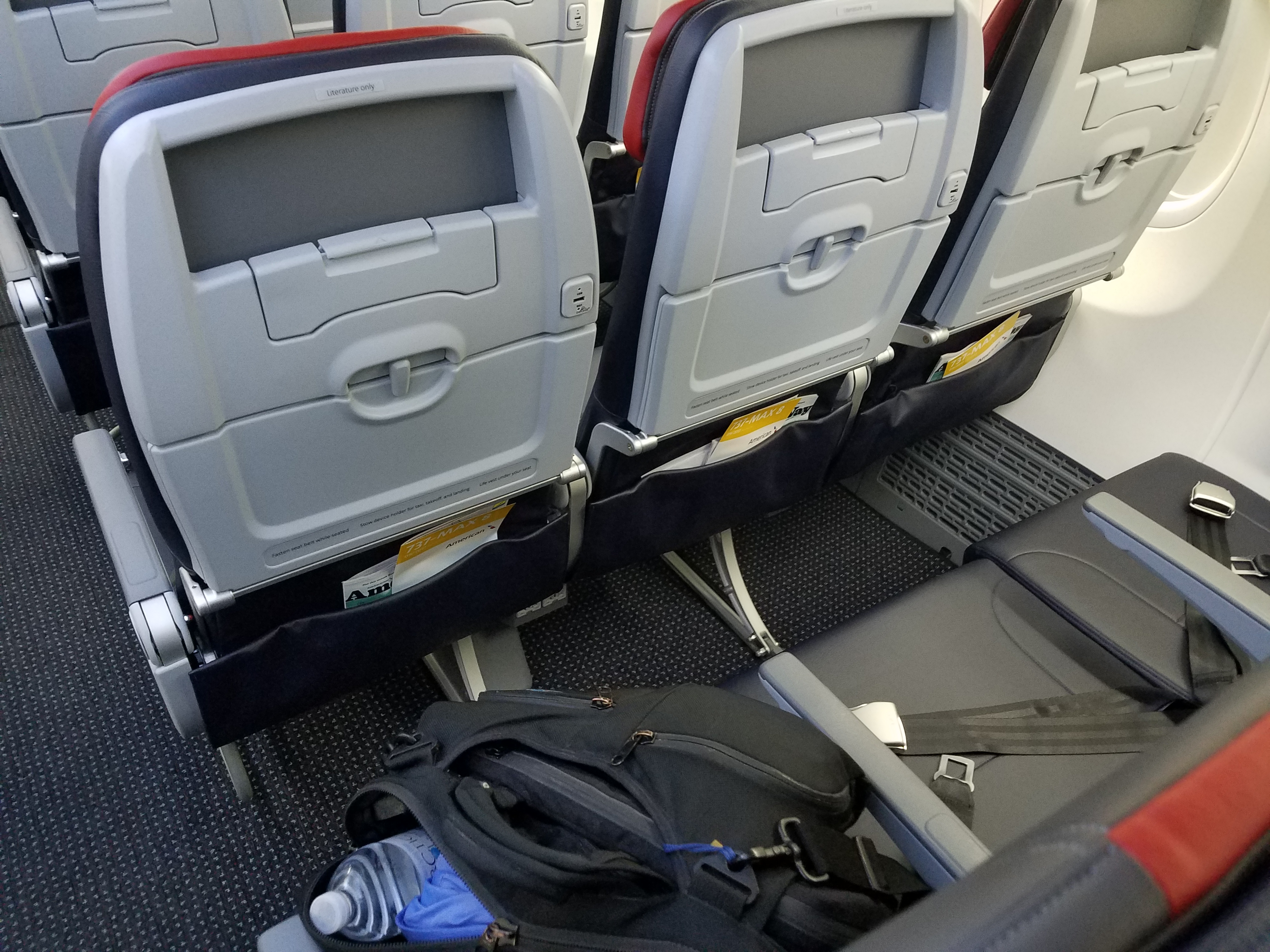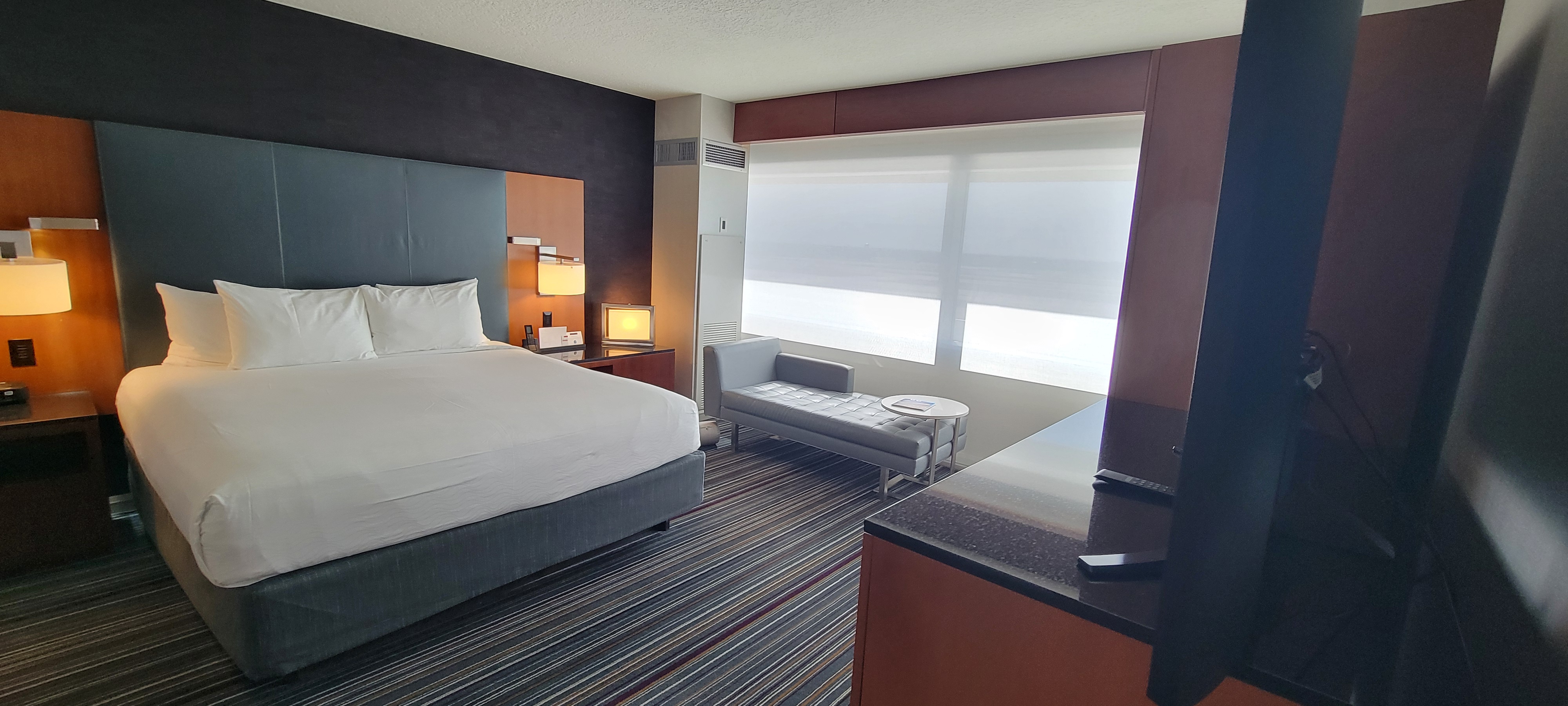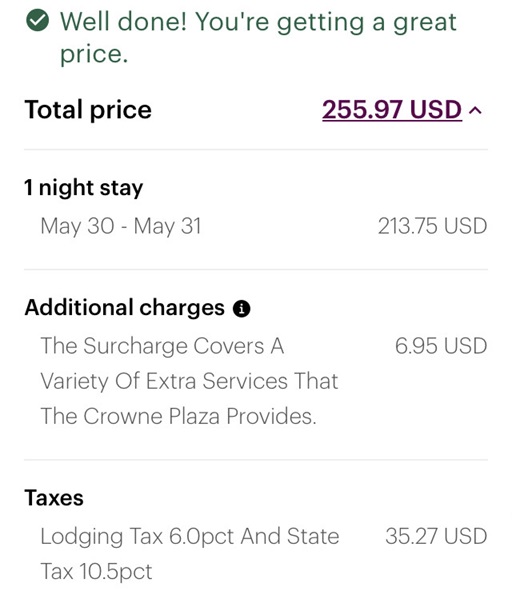News and notes from around the interweb:
- During the recent American Airlines earnings call CFO Devon May talked about ‘softness’ in coach demand. So it’s no surprise that the airline is looking to liquidate inventory that is not selling through its mileage program.
The airline is promoting “more than one million Main Cabin seats on domestic flights (excluding Alaska and Hawaii) redeemable at just 5,000 AAdvantage® miles one way” through May 28, plus “Main Cabin seats on trans-Atlantic flights will be redeemable starting as low as 15,000 AAdvantage® miles one way.”

- Grand Hyatt DFW will renovate its rooms in the second half of 2025. Honestly I’m not sure it needs it! But they’re also adding 17 rooms and that space has to come from somewhere, I will inquire as to where – hopefully not cutting up suites…
Update: The new rooms come from elimination of the old conference suites (oversized hotel rooms with boardroom table and Murphy bed). There’s no change to the number of suites otherwise.

Grand Hyatt DFW - LAX rideshare pickups are absolutely miserable for passengers – having to go to an off-site lot first – but they’re miserable for drivers, too.
- Crowne Plaza Executive Center Baton Rouge may have my favorite bullshit fee, “The surcharge covers a vareity of extra services that the Crowne Plaza provides.” We just won’t tell you what any of them are! IHG hotels are pure comedy gold. (HT: Joe)

- The Essential Air Service program is actually harming small nearby airports that don’t get the money
[S]ubsidies for some (smaller) airports damage the economics of slightly larger, unsubsidized airports that in many cases are within driving distance of the EAS airports. Given this unintended consequence, [William] Swelbar suggests rethinking which airports get EAS subsidies.
Part of the analysis points out that airline deregulation and EAS legislation were enacted prior to the completion of the Interstate Highway System, which has reduced travel times for many trips in EAS states. The report zeroes in on EAS subsidies to airports located less than 120 miles from a large, medium, or small hub airport. There are 64 EAS airports in this group; 53 of them have air service destined for a network carrier connecting hub. The average driving miles to the closest hub airport is 81 miles at an average drive time of one hour and 42 minutes. The average subsidy for the EAS service at these airports is $136.49 per passenger.
…“The government has created a zero-sum air service game where the stronger markets are not able to maximize their economic generation facilitated by air service.” In other words, those nonhub (nonsubsidized) airports could likely attract more service,” if not for subsidies to the EAS airports.
One telling example of a non-EAS airport that could attract more service is Duluth, MN (DLH). There are six other airports within a 180-mile radius of DLH, including large hub Minneapolis/St Paul. The five EAS airports are between 48 and 137 miles from DLH, but DLH loses some business due to the subsidies to the other five.
- Use a credit card instead of your hotel key card to turn on the lights and air conditioning in your room. Hotels want to make sure you save energy, you don’t want your room super hotel when you return. So this is how to keep your room cool while taking your room key with you, at hotels that make you stick your key in the slot to turn on power.
- Sneak peak at new 801-room Omni Fort Lauderdale (HT: Joe)
